Kulthi Dal: Uses, Benefits, Side Effects & More!
By Dr Ashok Pal +2 more

Get,

to manage your symptom
Get your,


4 Cr+ families
benefitted

OTP sent to 9988776655



You’ve successfully subscribed to receive
doctor-approved tips on
Whatsapp

Get ready to feel your best.

Hi There,
Download the PharmEasy App now!!


Register to Avail the Offer
Send OTPBy continuing, you agree with our Privacy Policy and Terms and Conditions

Hi There,
Sign up on PharmEasy now!!
Trusted by 4 crore+ families

OTP sent to 9988776655



You have unlocked 25% off on medicines




Code: NU25
By Dr Ashok Pal +2 more
Table of Contents
Kulthi dal, also known as horse gram, is a tropical and subtropical legume. Ayurveda and Sri Lankan traditional healers have known about its therapeutic properties for ages.
It’s primarily used as a tonic, astringent, and diuretic, and it’s also helpful for rheumatism, neuralgia, and other ailments. Natural phenols, primarily phenolic acids, flavonoids, and the primary antioxidants, are abundant in horse gram seeds.
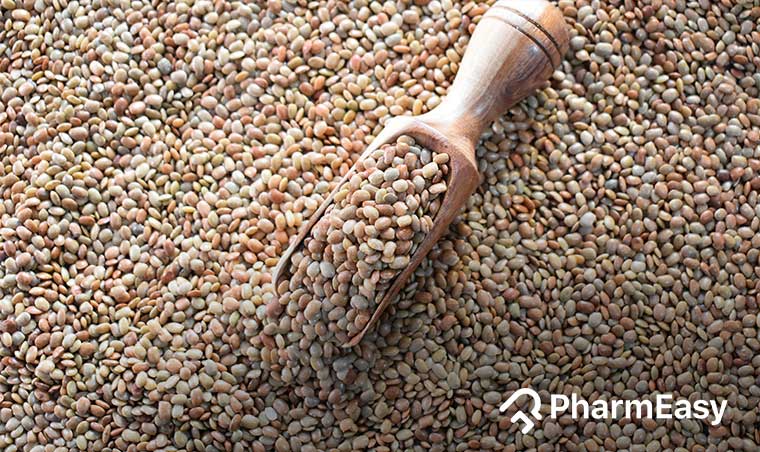
Kulthi Dal is classified as animal fodder, and its full potential as a component of the human diet is yet to be realised. It can be consumed as seeds, sprouts, or as a meal on its own.
Horse gram is a high-protein food (22-24%). Carbohydrates (57.2%), fats (1.1%), vitamins, minerals (3.2%), and a considerable amount of soluble fibres are all found in its seeds.
These tiny seeds are high in various minerals and micronutrients that may have potential benefits for our health in multiple ways. It contains the following nutrients per 100 grams:
These seeds extract may have
Kulthi Dal may have enormous therapeutic potential, it must be explored as a source for the nutraceutical and food businesses2.
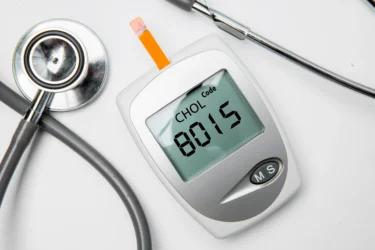
Kulthi dal may reduce the extent of hypercholesteremia (high cholesterol deposition). It might have some effect on the absorption of cholesterol and speed up the catabolism (breakdown) of cholesterol into bile acid. The phenolic compounds present in the kulthi dal may also possess hypolipidemic and cholesterol-reducing activity by increasing the excretion of cholesterol in faeces3. If you are suffering from high blood cholesterol, you need to adhere to your doctor’s advice and treatment. Also, if you want to use kulthi dal for its properties, make sure to consult with your doctor.

Extracts of kulthi dal may have shown anti-microbial activity against gram-positive and gram-negative bacteria. It might show a wide range of anti-microbial activity against Bacillus subtilis, Staphylococcus aureus, Escherichia coli and Pseudomonas aeruginosa4.
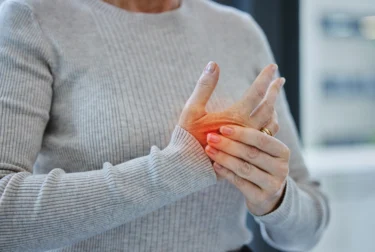
Kulthi dal has phenolic groups, which might have some effect on the human secretory phospholipase A2 enzyme, which causes inflammation. Hence, it might exhibit anti-inflammatory activity5. This information is not sufficient, as these studies are not conducted on humans. However, human trials are required to suggest the benefits of kulthi dal for wound healing. Therefore, it is important to first speak to your concerned doctors and only use kulthi dal as a herb.
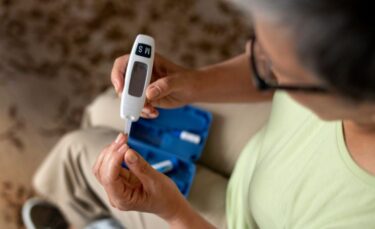
Kulthi dal has a low glycaemic index, making it a useful dietary supplement for diabetic patients. It has an alpha-amylase inhibitor, which may help manage diabetes by decreasing serum glucose levels. The kulthi dal seeds may help in carbohydrate metabolism and thereby delay their digestion and absorption6. However, if you are suffering from diabetes, you need to consult your healthcare provider before using Kulthi dal or any other herb to help with your symptoms.

Kulthi dal improves high-fat-induced oxidative stress and may improve the activity of antioxidant enzymes like superoxide dismutase and catalase, along with an increase in glutathione concentrations. They may also exhibit high radical-scavenging activity7.
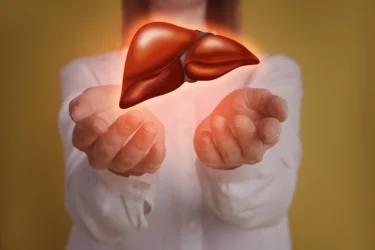
Kulthi dal decreases the formation of the lithogenic bile and hence it may exhibit antilithogenic (cholesterol-lowering) activity. It reduces the hypersecretion of cholesterol into bile and increases bile acid output. It might also decrease hepatic (liver) fatty degradation8.
Seeds are consumed as a whole (boiled), sprouts, in curry, or whole meals and are particularly popular in southern Indian regions.
To improve the nutritional quality of kulthi dal, procedures like de-husking, germination, heating and roasting can be used1.
You must consult a qualified doctor before taking any herbal supplements. Do not discontinue or replace an ongoing treatment of modern medicine with an ayurvedic/herbal preparation without consulting a qualified doctor.
Horse gram is highly nutritious and has several health benefits, but it also has a few potential side effects.
It is suggested that, despite no significant reported side effects of kulthi dal, it may demonstrate substantial undesirable effects as a medicinal product when we use it in higher doses or for a longer duration. A higher dosage of kulthi dal should only be taken under clinical supervision2.
If taken in large quantities, kulthi dal may have an adverse effect when used as a medication. Also, unsupervised and unmonitored kulthi dal consumption by people with health conditions (like diabetes and liver diseases) may complicate or worsen some conditions.
Kulthi dal may assist medications for diabetes in lowering blood sugar, but if taken in very high doses, blood sugar levels may go very low. One should take proper medical advice if they are interested in taking kulthi dal6.
Various components of the plant M. uniflorum have been utilised for thousands of years in medical systems such as Ayurveda, Siddha, and Unani to treat a variety of internal and external maladies.
The decoction of dried seeds of kulthi dal is used in traditional medicine for having a potential effect on amenorrhea, urolithiasis, bile stones, conjunctivitis, rheumatism, piles, diabetes mellitus, dysuria, colic and flatulence (with Asafoetida), oedema, mumps, goitre, and phlegmatic diseases (with pepper). However, you must avoid using Kulthi dal for any disease conditions or properties without prior consultation with your doctor.
A roasted seed powder is applied all over the body to control excessive sweating. Seed poultices are also used to make people sweat. Seed paste is applied to the skin to enhance the skin’s complexion. Seed paste is also used to treat goitre and mumps. The studies available seem to be insufficient to provide sufficient scientific evidence for these effects of kulthi dal. You must consult your doctor for better advice.
Among pulses, kulthi dal has the highest calcium concentration. Horse gram is poor in methionine and tryptophan as a legume, but it is a good source of iron and molybdenum.
Disclaimer: The information provided here is for educational/awareness purposes only and is not intended to be a substitute for medical treatment by a healthcare professional and should not be relied upon to diagnose or treat any medical condition. The reader should consult a registered medical practitioner to determine the appropriateness of the information and before consuming any medication. PharmEasy does not provide any guarantee or warranty (express or implied) regarding the accuracy, adequacy, completeness, legality, reliability or usefulness of the information; and disclaims any liability arising thereof.
Links and product recommendations in the information provided here are advertisements of third-party products available on the website. PharmEasy does not make any representation on the accuracy or suitability of such products/services. Advertisements do not influence the editorial decisions or content. The information in this blog is subject to change without notice. The authors and administrators reserve the right to modify, add, or remove content without notification. It is your responsibility to review this disclaimer regularly for any changes.
Comments

Leave your comment...
You may also like
Comments